The dolphin experience has become a staple of Caribbean travel, but out children won’t be taking part. Read more to find out why.
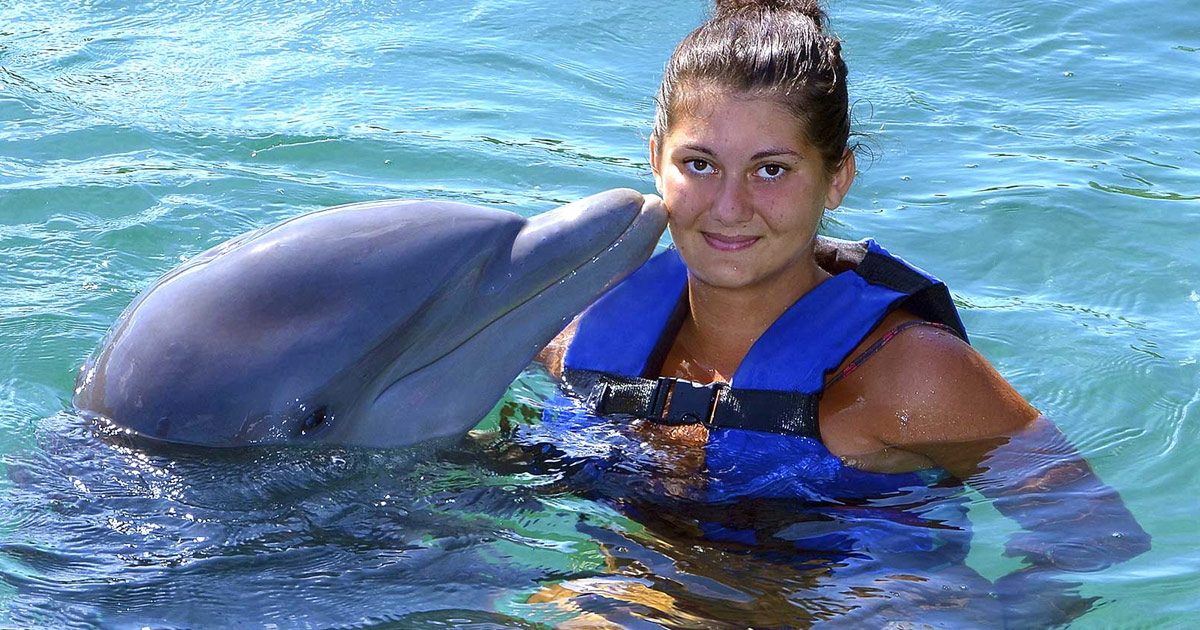
Several times after the topic of our travels have come up, my oldest son has returned from his school and asked me if we would be swimming with dolphins on our upcoming trip. My usual answer to him was “No son, that isn’t something that we like to do”, but this time he asked me “why Daddy?”. I explained to him that dolphins are wild animals and that they aren’t toys. People need to learn to respect these animals and let them live at home with their families instead of in cages”.
When he asked me why some of the other children in his class were able to do it, I explained to him that “They probably don’t know that the dolphins may not like being kept in a small pool and that maybe if they knew, they might go see a dolphin in the wild instead of in a pool”.
Dolphins are adorable creatures. They are smart, energetic and exciting animals that always appear to have a smile on their faces. It’s the dream of many adults and children alike to have the opportunity to get up close and personal with these amazing creatures. This is why a lot of tropical resorts offer the chance to interact with these spectacular mammals first hand through Swim with the Dolphins Experience (SWTD) programs at various dolphinariums (SWTD training and interaction facilities). There is a dark side to this tourist activity however, and that is why our children won’t be doing the Dolphin Experience.
Dolphins are incredibly intelligent animals and are not built for life in captivity. In the wild, they live in pods of up to a thousand members and are known to care for sick or injured members. They often cover thousands of miles in their migrations. Being confined to a small pool is an unnatural environment for these self-aware mammals and it can lead to incredible stress, illness, psychosis, and even death.
The appeal of SWTD programs is obvious. Dolphins seem to have a perpetual smile on their face, and where else can you swim with an animal such as this in the relative safety of an enclosed swimming pool. These animals have been trained and tamed to the point that even children are relatively safe taking part. There are no waves from the ocean to knock you around, no long boat rides to sit through and there is always someone watching out for you. But the other important thing is that these animals don’t “want” to be around you. They “have” to be, and that’s where ethical tourism comes into play.
If you have ever taken part in one of these SWTD excursions, you may notice that the dolphins are often rewarded with food. Dolphins respond to their training because they are often left hungry, and have learned that the only way for them to survive is by learning the tricks that their captors teach them in order to get fed. The pressure to perform for their human audience is high, often leading to frustration and aggression towards their trainers or those taking part in the experiences.
Many dolphinariums list themselves as accredited conservation facilities. These places, many of which are in the Caribbean, offer activities such as photos and swimming with dolphins, being pulled, pushed or even kissed by dolphins or paying to be a dolphin “trainer” where you can get to experience calling the dolphins for their various pre-trained tricks. A few countries have begun to legislate this activity, however most are unregulated, and those that are often don’t have the oversight budget to enact any real enforcement.
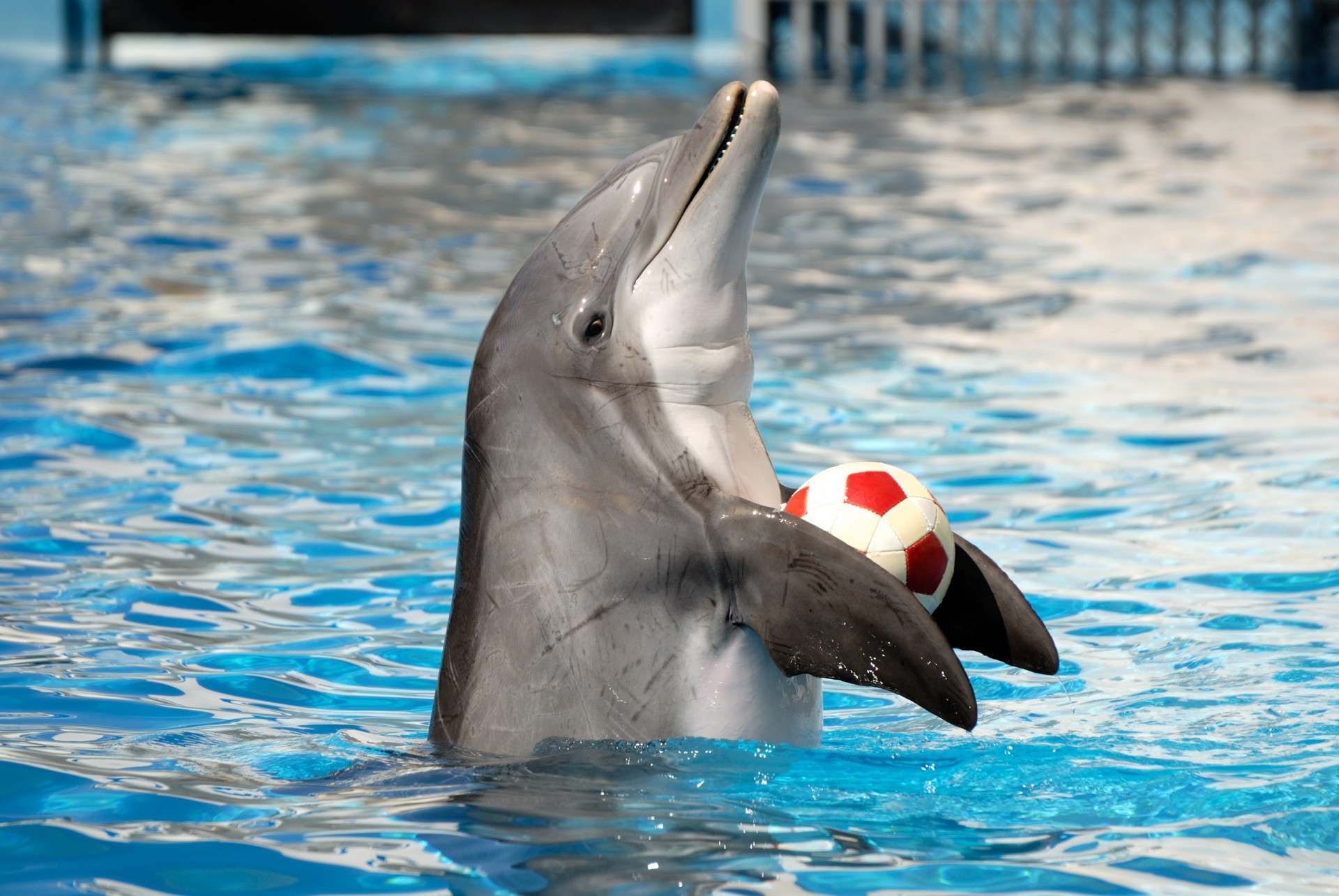
Another dark underbelly of the dolphin experience is how these dolphins are captured. Most of the dolphins involved in these experiences are not born in captivity, but rather captured from the wild, often in situations that led to the destruction of most, if not all of their pods.
Groups, such as ReEarth and Whale and Dolphin Conservation, have been working hard to build enforceable regulations, or when necessary to shut down dolphinariums. On the other hand, they are also trying to educate tourists, especially those traveling on cruise ships, as to the harm that these programs cause the animals. They suspect that if visitors knew of the true impact captivity has on dolphins, most would think twice before taking part, especially when there are so many great ways to experience dolphins in the wild via whale and dolphin tours or even tours that offer snorkeling in areas that dolphins are known to frequent. Although these activities also have their own set of concerns so it’s always best to do some research before signing up for animal encounters.
I support zoos and aquariums that promote education, conservation and re-introduction programs. Without such places we would lose many incredible species and most people would get a chance to learn about animals that live a life far from anywhere they might otherwise go. These experiences often help shed insight on things such as ecology, climate change and other environmental impacts that humans might otherwise only think of how it would impact themselves.
So does this mean that my children will never experience dolphins? Not at all! There are many dolphin and whale watching excursions that offer the experience of witnessing these animals from a safe and respectful distance. We are teaching our children to respect their environment so that their children may one day have incredible experiences of their own.
Check out this video to see some of the amazing underwater creatures we’ve come across in our adventures through swimming, snorkeling, and SCUBA diving.
If you would like some more information on Swimming with Dolphins, I invite you to check out some of these resources:
The disturbing Truth behind Swim with the Dolpins – The Dodo
Swimming with dolphins: The dark truth – Justin plus Lauren
Wandering Wagars is a participant in the Amazon Services LLC Associates Program, an affiliate advertising program designed to provide a means for sites to earn advertising fees by advertising and linking to amazon.com, amazon.co.uk, amazon.ca. Amazon and the Amazon logo are trademarks of Amazon.com, Inc. or its affiliates.
You May Also Like To Read:
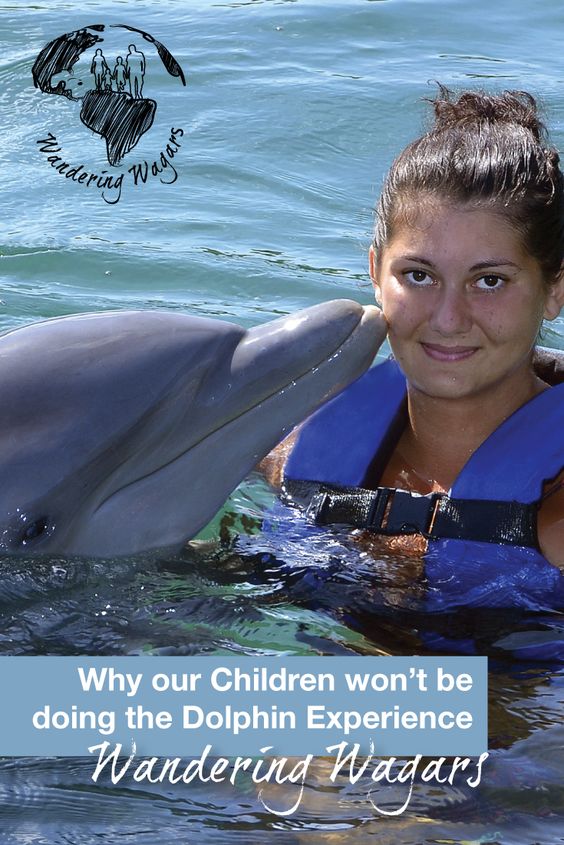

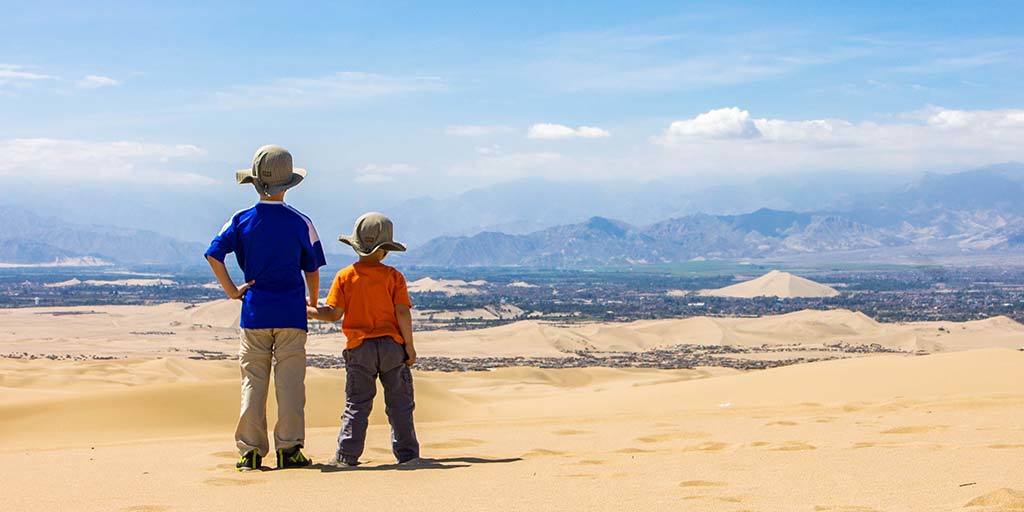
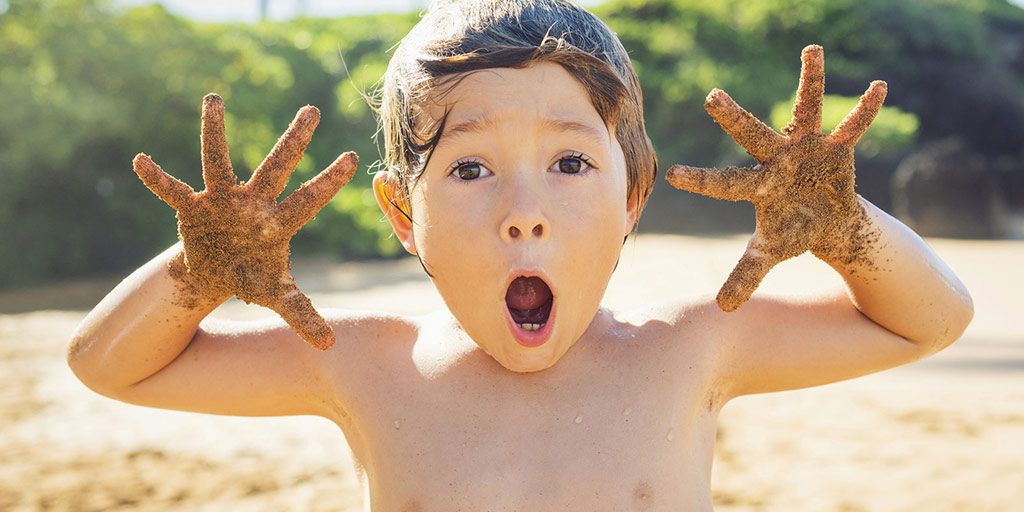
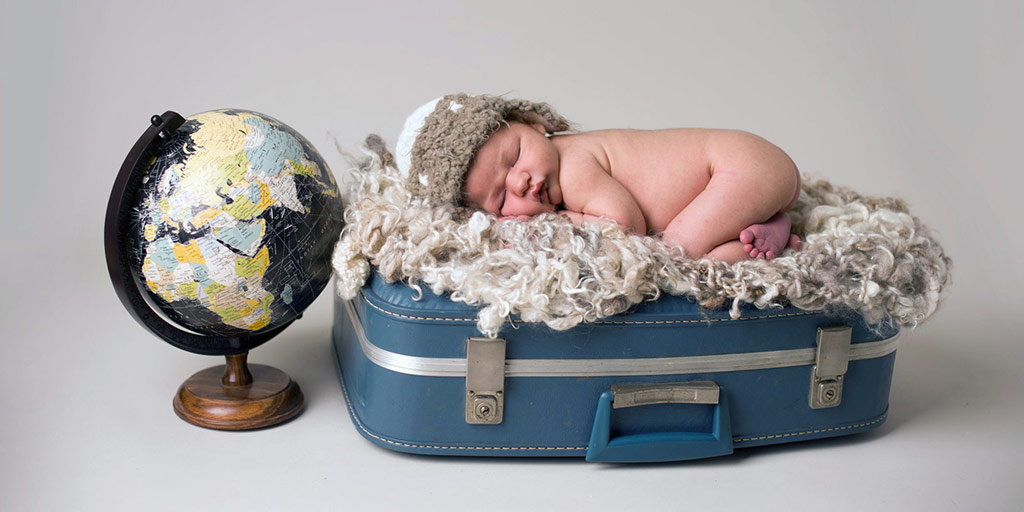
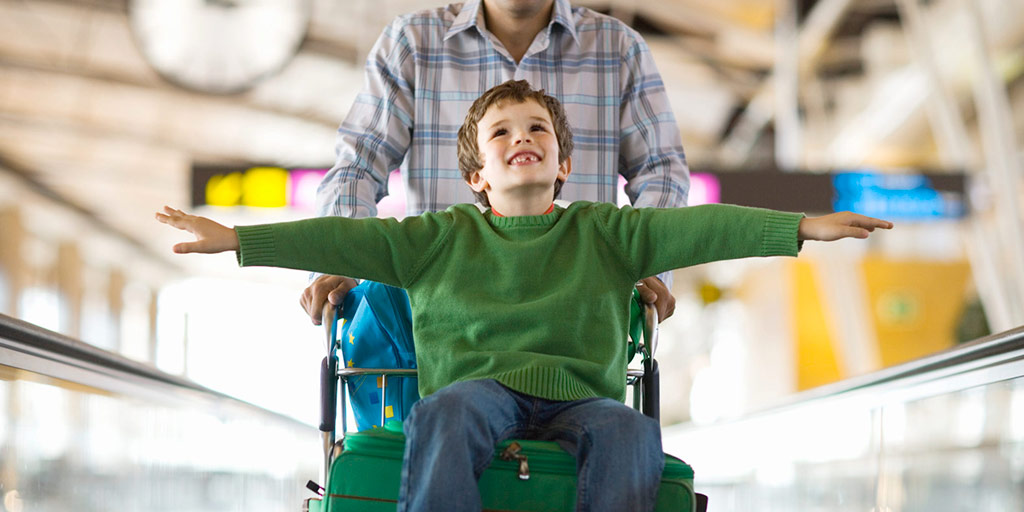
verushka
Friday 9th of September 2016
Often we do not know the truth about these activities and do them because the pics look great. Thank you for an informative article and I will defo not be doing this.
Travel Pockets
Wednesday 22nd of June 2016
This would be a hard topic to explain to my kinds someday. I grew up going to zoos, aquariums, sea world, etc. and I remember loving it. But as an adult now it just makes me sad that these animals live in captivity :(
Bernard Tan
Thursday 28th of April 2016
Thanks for standing up for the vulnerable! I dont like the idea, where animals are made to perform for tourist dollars.
Marge Gavan
Wednesday 20th of April 2016
This is such an eye-opening post. I didn't know they were being starved deliberately so they would do tricks. That's very cruel! I really haven't posted in a picture with the dolphins, I just watched them from afar. I don't think I'd see dolphins in captivity the same way again.
Kevin Wagar
Wednesday 20th of April 2016
Hi Marge, thank you for getting in touch. We are so happy to be able to spread the word about ethical treatment of animals.
Monica @We Travel Together
Friday 8th of April 2016
Such an interesting and informative post. I haven’t done this yet, and probably won’t either. It’s so much rewarding to meet them in the wild, so hope I can do that someday. It’s really great that you teach your children about this!